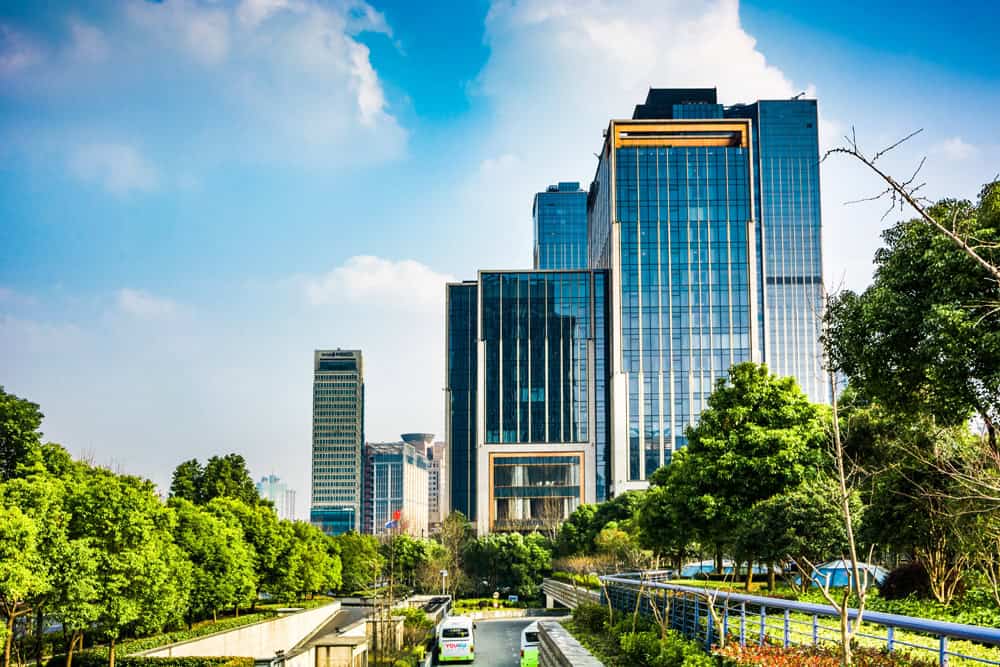Introduction:
From the caves of prehistoric times to the smart homes of today, the concept of “home” has continually evolved across the world. Every geographical region, cultural pattern, and economic shift has influenced how humans build, live, and organize communities. In today’s world, housing is not merely a shelter but a critical part of infrastructure, economy, sustainability, and social evolution. With growing urban demand, cities like Pune are witnessing this transformation firsthand, led by pioneers such as Pride Purple Group Pune — a trusted real estate developer in Pune.
The First Structures: Climate-Driven Architecture
The earliest homes were purely survival-driven — rock shelters, ice igloos, mud huts — designed in response to extreme climates.
- Arctic: Igloos made of compacted snow offered insulation.
- Africa: Adobe homes in the Sahel resisted heat while allowing ventilation.
- Europe: Timber-framed homes emerged with advancements in joinery.
- Asia: Courtyard homes in China and stilt houses in Southeast Asia reflected social and climate-specific sensibilities.
Over time, homes transitioned from nomadic to permanent structures, giving rise to settlements and then societies. This marks the beginning of urban evolution, laying the foundation for what would eventually become organized housing ecosystems seen in real estate investment zones like Pune.
Formation of Societies: The Role of Settlements
As homes turned permanent, societies emerged—organized communities sharing resources, safety, and governance.
- Agricultural revolutions led to village formation.
- Trade routes brought different architectural styles across borders (e.g., Islamic domes in Spain).
- Religion and royalty shaped palatial and spiritual homes like temples and castles.
Each transition pushed people to improve plumbing systems, sanitation, and drainage—which were rudimentary during Roman times but slowly refined in the modern age.
Modern Upgrades: Plumbing, Water, and Resilience
One of the most transformative upgrades globally has been the development of water supply and drainage systems:
- London’s 19th-century sewerage system cleaned up cholera outbreaks.
- Tokyo’s rainwater management tunnels reduce urban flooding.
- Germany’s green roofs and water recycling homes promote sustainability.
Today’s systems aim to be sustainable, disaster-resilient, and energy-efficient—powered by solar energy, IoT-based water tracking, and decentralized wastewater management. These are also key considerations for modern real estate investment Pune strategies that focus on future-ready infrastructure.
Migration and Urban Housing Pressures
Industrialization triggered massive rural-to-urban migration in the 18th and 19th centuries.
- Europe & US saw tenement housing and apartment blocks rise.
- Middle East developed labor accommodations due to foreign workforce inflows.
- Asia’s megacities witnessed slums emerge alongside skyscrapers.
This migration created demand-supply gaps, driving governments to create mass housing schemes, rent control laws, and affordable housing incentives. The same urban pressures have shaped cities like Pune, where real estate developers are responding with inclusive and scalable housing options.
Challenges and Global Solutions
The world faces several housing challenges:
- Urban congestion
- Climate-induced displacements
- High construction carbon footprint
Solutions include:
- Vertical housing to optimize space
- Modular, prefabricated construction
- Cross-border green building certifications (LEED, EDGE)
Innovative developers like Pride Purple Group Pune are increasingly adopting such global best practices in their residential projects.
The Future of Homes: Smart and Equitable
As the global population crosses 8 billion, future homes will likely:
- Be carbon-negative, built using AI-led material optimization
- Feature automated water recycling
- Encourage remote working designs, leading to “work pods” at home
Additionally, public-private housing policies are becoming mainstream globally—echoed in India’s “Housing for All” and similar global initiatives. In growing cities like Pune, such forward-thinking is vital for sustainable real estate development.
Conclusion:
The journey of global homes reflects a larger narrative—of human survival, ambition, adaptation, and innovation. With climate and population challenges ahead, the future of housing lies in inclusivity, technology, and sustainability. As a leading real estate developer in Pune, Pride Purple Group Pune continues to integrate global insights with local realities—crafting homes that are not just shelters, but lasting legacies. For those looking at real estate investment Pune, the evolution of housing serves not just as inspiration, but as a blueprint for progress.

